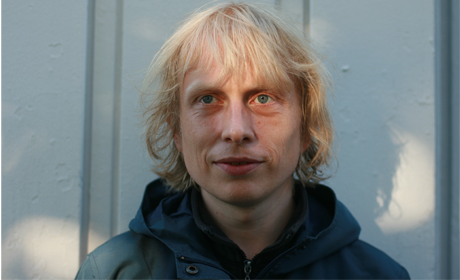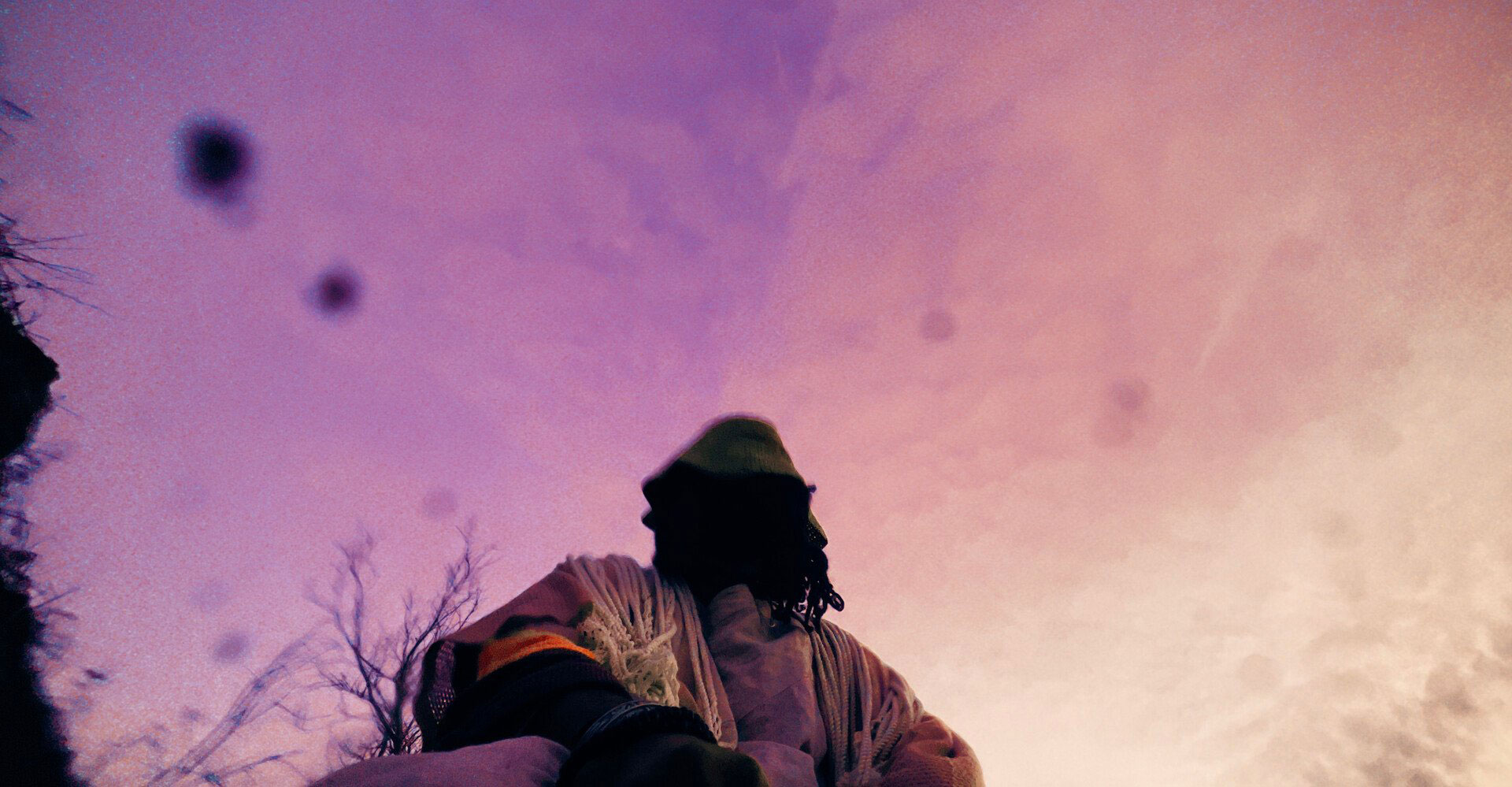 On his new EP Kok, occasional Röyksopp collaborator, Bjørn Torske relies on our abilities to remember, rather than forget, as the spur to engagement with and enjoyment of his music.
On his new EP Kok, occasional Röyksopp collaborator, Bjørn Torske relies on our abilities to remember, rather than forget, as the spur to engagement with and enjoyment of his music.
Concerned, amongst other things, with aural and spacial effects, the record is born of experimentation with different instruments, objects, and their sonic footprints within different acoustic spaces. Merging a lo-fi folk aesthetic with elements of outsider experimentation this is an interesting progression from his last release of 2007, Feil Knapp.
Whether through voice, instruments, or electronically-produced sounds, these emissions are deployed and recorded in various spaces to form an inspirational trigger in the creative process. Through this process of what is known as “worldizing”, Torske seeks to escape the straitjacket of reverb plug-ins whose room emulations and mathematical logarithms are often predictable.
There are a number of interesting interactions at play in our unconscious harvesting of real world sounds, and it is these that the accomplished “worldizer” can draw upon. There is, for example, the immediate process known as echoic memory, first coined by Ulric Neisser in 1967. One of the sensory memory registers, echoic memory is a process by which sounds are perceived and held in what is known as a “holding tank”, so that the stimuli can reach both ears before processing by the brain begins. This process is, in itself, short-lived. There has, however, been much work done on longer term effects, as in R.M. Schafer’s “Sound, Romance and Nostalgia”, which focuses on how each of us builds up a framework of remembered sound preferences that, once learned, provoke nostalgic reactions in later years. The basic premise of this work is that, as new sounds are encountered throughout life, tensions are created that engender a nostalgic desire for older sounds.
Our brains are predisposed to the visual, or what is known as iconic memory; however, the potency of the aural is such that an encounter with a particular sound can evoke a powerful conditioned response. In her piece “Movement, Memory & The Studies In Soundscape Studies”, Jennifer Schine explores the “hearing-point memory”, or, more expressly, how both the emotional state of the listener and its interaction with the memory are complicit in the subsequent recollection. Each memory, when re-experienced, is a product of a layering of different interfacing elements and, in this way, is constantly transitional.
 It is, perhaps, this subtly fugitive but ever-changing quality that Torske seeks to capture on this EP. Through his use of “worldizing”, and a process which involves editing and overdubbing these recordings, he seeks to use the chaos of real acoustics interactions to stimulate and drive forward the creative process and trigger reactions in the listener.
It is, perhaps, this subtly fugitive but ever-changing quality that Torske seeks to capture on this EP. Through his use of “worldizing”, and a process which involves editing and overdubbing these recordings, he seeks to use the chaos of real acoustics interactions to stimulate and drive forward the creative process and trigger reactions in the listener.
As an opening track, “Emmaus (Prelude)” sets the scene. It is repetitive, quirky, and short, relying on three interlacing melodies — one of which is clumsily bashed out (all the better enhance its real world credibility) on a glockenspiel.
The use of repetition, which forms the basis of most of the tracks, is interesting in that it nods to the now firmly entrenched vogue for digital loops, and in doing so adds a further humorous edge to this music. “Assistenten”, the second track on the EP, builds in this way, with a repeated guitar part, whilst introducing comic tortured voices that are reminiscent of that Dada-esque vocal ramblings on Gong’s Camembert Electrique. Fluffed instrumentation also, once again, assumes its authenticating and contradictory role.
In the world of outsider music few instruments speak of backwoods oddness more than the banjo. Before Mumford and Sons made the acoustic and homespun fashionable again, banjos, at one time perhaps the most uncool of instruments, represented the quintessence of the strange. It is to this legacy that Torske looks in the track “Setter”. Here a sinister interplay occurs between several parts, all twanged in unison on the evocative membrane enhance percussive sound of this simple stringed instrument. Close clicking bayou rhythms join the refrain along with a shambling distant female chorus that has echoes of Doctor John’s excellent Gris-Gris album.
“Totem Expose” is more out and out experimentation, formed of phased and manipulated electronic sounds, and this journey into abstraction is completed in the final track “Nestor”, which seems to owe much to the early electronic music pioneer Delia Derbyshire’s tape experiments.
As a document, Kok, appears in some ways to be a personal survey of the origins and outcomes of experimental sound recording and electronic music. Its analogue atmospheres of real world recordings is effective, and the resultant EP is an interesting listen which, whilst not startling, is well worth attention.
The use of instruments and recordings, played and then re-recorded in different spaces to capture the musicality and effects of those acoustic environments, adds a necessary fillip. Whilst never dominating the foreground as an overarching concept, this process succeeds in holding the EP together and piques the listener’s curiosity with its unevenness.
Ω






